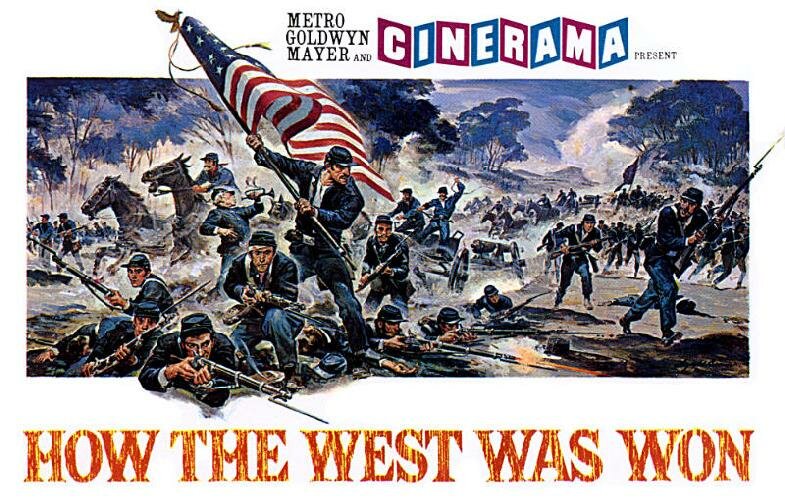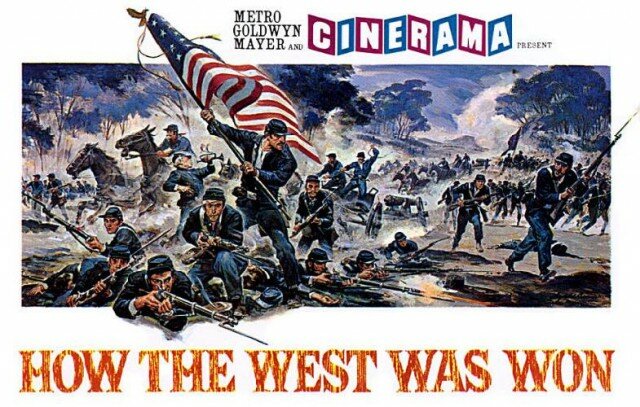The title says it all. For the second year running, the Auburn Symphony Orchestra opened its season with “Music Especially For You,” a special concert of short, favorite works, guaranteed to please a diverse audience and draw people in who wouldn’t normally make the trip to hear classical music.
These aren’t pop concerts—no, the music is all classical. Sunday afternoon’s program included a suite from Handel’s Water Music, Wagner’s Ride of the Valkyries, ballet music from Delibes’ Coppelia, and two favorites from Leonard Bernstein: his Symphonic Dances from West Side Story, and his Overture to Candide. Much of it was familiar; all of it was enjoyable.
There was also music by Grieg, Suppé and Verdi, plus the third movement from Tchaikovsky’s Symphony No. 4, which was included, said conductor Stewart Kershaw from the podium, to whet the appetite for the first of the season’s regular subscription concerts in October, which will include the entire symphony. It was a good choice, arrestingly interesting to those who had not heard it before, as Tchaikovsky was inspired to have all the strings plucked rather than bowed, so the music sounded like a big hive of bees.
Two solo pieces by Massenet rounded out the program. For his Meditation from the opera Thais, concertmaster Brittany Boulding seemed to merely release the notes from her violin, allowing them to float out with a relaxed and lovely tone. In his rarely heard lullaby-like Last Sleep of the Virgin, solo cellist Brian Wharton drew out an equally relaxed warm sound, though he had a momentary memory lapse at one point. Thoughtful phrasing marked both performances, while Kershaw and the orchestra partnered them sensitively.
This is the 17th season of the Auburn Symphony, and over those years, Kershaw has developed and nurtured an excellent orchestra with a particularly fine sound. He allows the orchestra to sing, the music to expand and flow. But this isn’t to say that it can’t play with lively energy, as in Suppé’s Light Cavalry Overture, or with all the thrill implicit in the Ride of the Valkyries, or the jazzy syncopation of Candide, as played Sunday afternoon.
This orchestra is made up of professional freelancers who play in myriad other venues around Seattle, from the Seattle Symphony and Seattle Opera to more pit work for Pacific Northwest Ballet and the Fifth Avenue Theatre. They haven’t been together as a group since last April, and with only two rehearsals, this distance showed in Sunday’s performance. The horns had a few glitches in the Suppé, and the trombones didn’t have enough brio to begin with in Valkyrie. West Side Story started out with insufficient impudence, needing a brasher approach and more oomph, but it was there by half way through.
To balance that, many brief solos shone, from the harp, piccolo, clarinet and other wind principals, to stellar playing from the trumpets and percussion. Auburn is fortunate to have a group of such a caliber, and the orchestra is fortunate that it is firmly supported by the city administration, led by mayor Pete Lewis, who was present Sunday.
The orchestra’s regular season begins October 12-13 with Beethoven and the afore-mentioned Tchaikovsky, and more details can be found on their website here.

